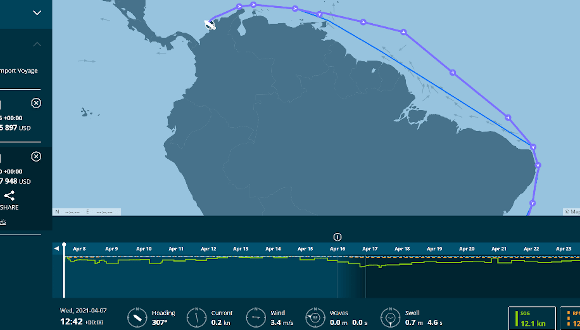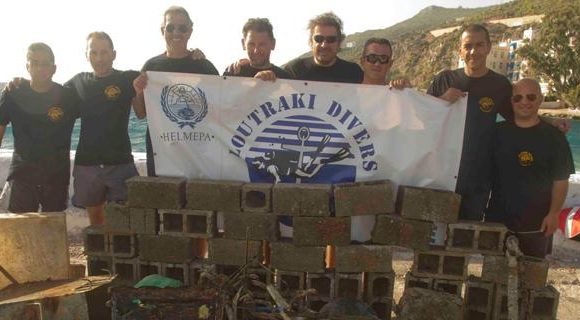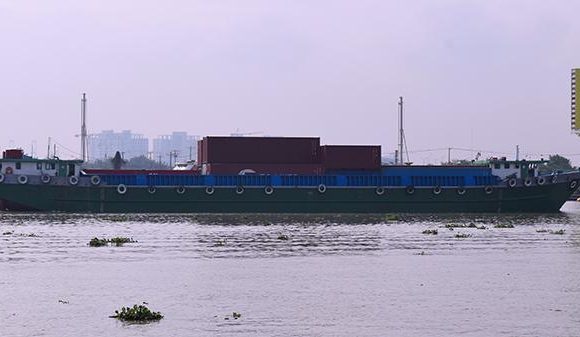Reviving Coral Reefs: Restoration Efforts and Success Stories
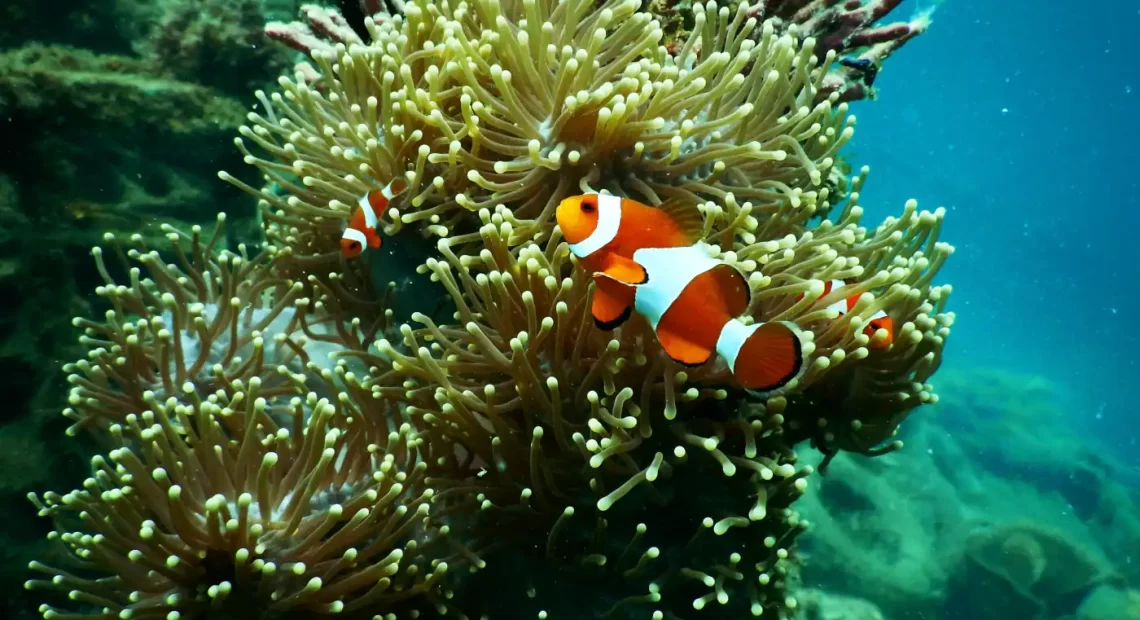
Imagine plunging into a cathedral of life, sunlight filtering through kaleidoscopic coral formations, painting the crystal-clear water with vibrant hues. Schools of fish weave between coral branches, their scales shimmering like jewels. This, dear reader, is the breathtaking symphony of a healthy coral reef – a thriving metropolis teeming with biodiversity and nurturing millions of lives across the globe.
But this underwater Eden faces a harsh reality. The relentless tide of climate change, fueled by human activities like greenhouse gas emissions, has pushed these vital ecosystems to the brink. Rising sea temperatures bleach vibrant corals, leaving them stark white and vulnerable. Unsustainable fishing practices strip away critical populations, disrupting the delicate balance of the ecosystem. Pollution shrouds the waters, choking life and hindering coral growth.
The result? Ghost towns beneath the waves. Bleached skeletons stand where vibrant colonies once thrived, replaced by an eerie silence. But amidst the despair, a beacon of hope shines: coral reef restoration. Recognising the ecological and economic importance of these underwater treasures, humans are actively engaged in a valiant effort to breathe life back into them. And guess what? It’s actually working!
From Coral Crèches to Flourishing Colonies: Cultivating Hope Beneath the Waves
Imagine a bustling underwater nursery, not made of wood and plastic, but of carefully constructed underwater structures teeming with fledgling coral colonies. This intricate world, teeming with activity, forms the heart of coral gardening – a technique offering a beacon of hope for the future of these vital ecosystems.
The process begins with meticulous selection. Divers and marine biologists, like underwater shepherds, carefully choose healthy coral fragments from resilient colonies. These “coral recruits,” ranging in size from mere fingerlings to small fists, are carefully collected and transported to special underwater nurseries. These havens, often constructed from mesh cages or suspended ropes, provide crucial protection from predators and harsh environmental conditions.
Here, the “babies” receive the loving care they need to thrive. Gentle water currents provide a constant flow of nutrients and remove waste, mimicking the natural ocean environment. Specialised lighting systems replicate the sun’s rays, ensuring optimal growth conditions. Regular monitoring and cleaning ensure the recruits are free from harmful algae and predators, allowing them to focus their energy on growing strong and healthy.
But the nursery isn’t just about physical nurture. Scientists are also unlocking the secrets of coral health through innovative techniques. Coral probiotics, beneficial bacteria naturally found in healthy reefs, are introduced to boost the immune systems of the recruits. Additionally, assisted spawning – mimicking the natural reproductive process through controlled release of sperm and eggs – is being explored to accelerate coral population growth.
As the young colonies mature and reach a size deemed suitable for “graduation,” the excitement builds. The team meticulously selects the ideal location on the degraded reef – an area with suitable sunlight, water flow, and minimal competition. Using specialised underwater tools, they carefully transplant the coral fragments onto the reef substrate, ensuring optimal attachment and stability.
This moment of release isn’t just a scientific milestone; it’s a celebration of resilience and hope. Watching the vibrant fragments take root on the once barren reef, becoming the foundation for a new ecosystem, is a powerful testament to human ingenuity and dedication. The journey, however, doesn’t end there. The team continues to monitor the transplanted colonies, providing support and intervention as needed, ensuring their successful integration into the reef community.
Years later, diving back to the same spot brings a wave of joy. The once-barren seabed has transformed into a thriving coral garden, teeming with fish, crustaceans, and other marine life. The transplanted fragments have matured into flourishing colonies, their intricate branches pulsating with vibrant colors. This transformation, from fragile nursery residents to the beating heart of a restored ecosystem, is a powerful reminder of the incredible potential of coral restoration.
Coral gardening is a labor of love, requiring meticulous care, scientific expertise, and unwavering dedication. But the rewards are immeasurable. From reviving degraded reefs to fostering biodiversity and boosting coastal economies, this technique offers a tangible path towards a future where coral reefs once again thrive beneath the waves. So, the next time you hear about coral restoration, remember the dedicated individuals tending to their “underwater crèches,” nurturing hope for the future of our oceans, one coral fragment at a time.
Nature’s Healing Touch: Assisted Natural Regeneration – Empowering the Reef’s Own Resilience
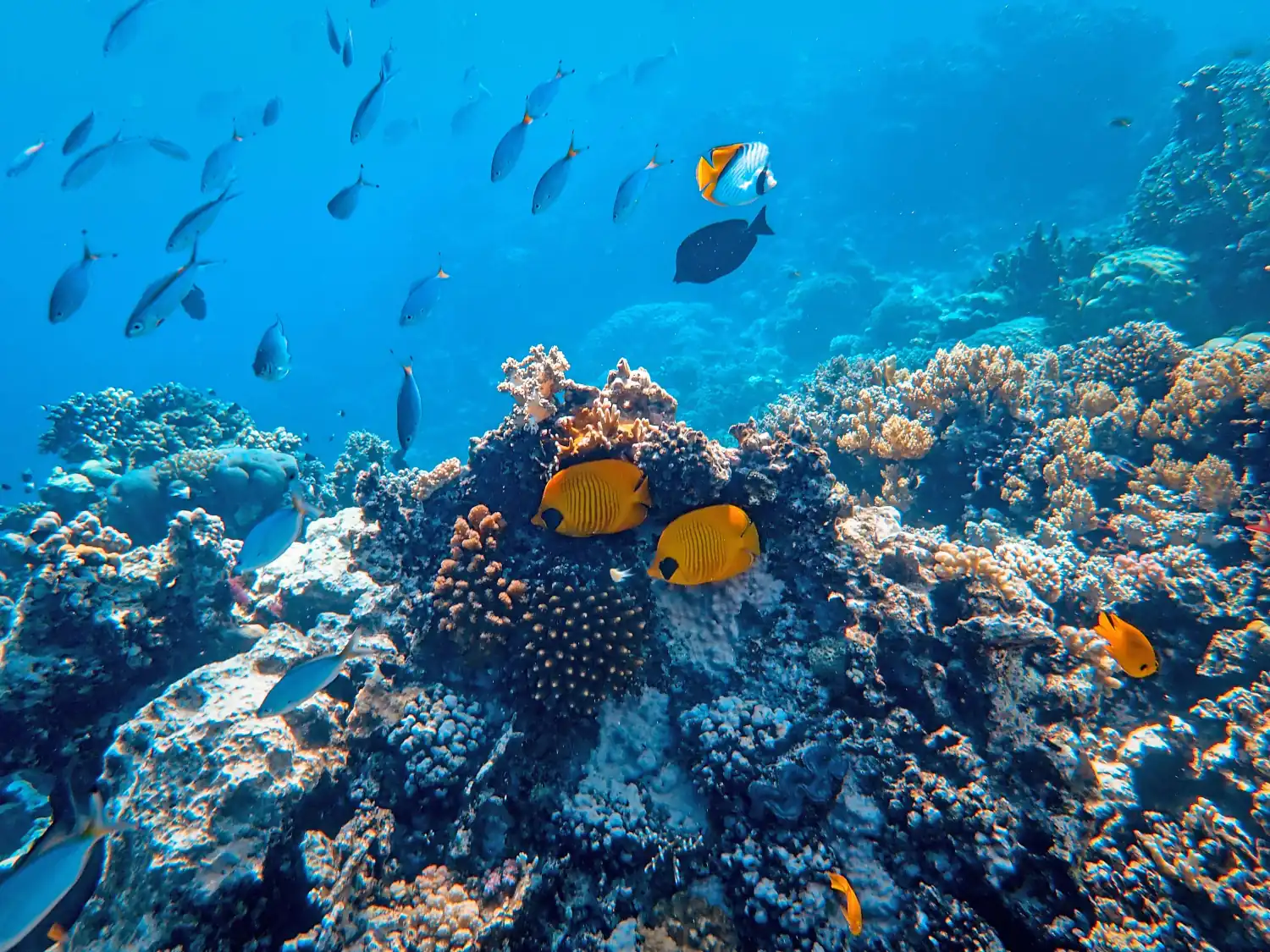
Imagine a vast underwater landscape, once vibrant with coral cities teeming with life, now shrouded in the silence of degradation. Bleached coral skeletons stand like ghostly monuments to a lost ecosystem. However, beneath the surface, a quiet revolution is taking place. This is the realm of Assisted Natural Regeneration (ANR), an approach that empowers the inherent resilience of coral reefs to heal themselves.
Unlike the meticulous care of coral gardening, ANR adopts a more hands-off approach, focusing on creating the optimal conditions for natural coral recruitment and growth. Think of it as cultivating a fertile garden, not by planting individual seeds, but by nurturing the soil, controlling pests, and letting nature take its course.
The first step involves understanding the root causes of the reef’s decline. Sedimentation, nutrient pollution, and overfishing disrupt the delicate balance of the ecosystem, hindering coral growth and resilience. ANR tackles these challenges head-on. Imagine teams of marine biologists working with local communities to identify and address these stressors. It might involve building sediment traps to prevent harmful deposits, establishing marine protected areas to control fishing pressure, or implementing sustainable agricultural practices to reduce nutrient runoff.
With these threats mitigated, the focus shifts to fostering a healthy environment for coral larvae. Imagine divers carefully removing smothering algae that blankets the reef, creating clean surfaces for coral larvae to settle and establish themselves. Additionally, introducing herbivores like sea urchins helps control algae growth naturally, maintaining a balanced ecosystem.
ANR also leverages the power of community knowledge. Local fishers, with their intimate understanding of the reef, play a crucial role in monitoring its health and identifying potential problems. Imagine collaborative workshops where scientists and communities work together to develop and implement management plans, fostering a sense of ownership and responsibility for the reef’s well-being.
The success of ANR lies in its long-term perspective. It’s not about quick fixes, but about nurturing the reef’s natural capacity to recover and adapt. This approach fosters self-sustaining ecosystems, less reliant on external interventions. Imagine a vibrant coral reef teeming with life, not just surviving, but thriving on its own, a testament to the power of assisted natural regeneration.
However, challenges remain. Scaling up ANR across vast reef areas requires significant resources and collaboration. Demonstrating its long-term effectiveness to secure funding and overcome skepticism can be hurdles. Despite these challenges, ANR offers a promising and cost-effective approach to coral reef restoration, empowering nature’s own healing power to create resilient ecosystems for generations to come.
Technology Joins the Coral Crusade: Building Reefs of the Future
Imagine diving beneath the waves and encountering not a desolate wasteland, but a futuristic metropolis. Complex structures, resembling coral cities of old, pulsate with vibrant colors, teeming with fish darting between their geometric branches. This vision, once science fiction, is becoming reality thanks to the innovative force of technology in coral reef restoration.
Beyond 3D printed structures mimicking natural coral formations, a wave of cutting-edge tools is aiding the fight against reef decline. Imagine underwater drones equipped with AI-powered image recognition, meticulously mapping vast stretches of degraded reefs, identifying suitable restoration sites, and monitoring the health of transplanted colonies with unparalleled accuracy. These robotic scouts gather invaluable data, guiding restoration efforts with unprecedented precision.
But technology isn’t just about observation; it’s actively shaping the future of coral growth. Imagine specialised bioreactors, resembling miniature underwater laboratories, nurturing coral larvae under controlled conditions. These high-tech nurseries optimise factors like temperature, light, and water flow, accelerating the growth and resilience of coral recruits before their release into the open ocean. Imagine gene editing techniques being explored to enhance coral resistance to rising temperatures and diseases, offering a potential long-term solution to climate change threats.
Beyond hardware, software plays a crucial role. Imagine sophisticated computer models simulating complex oceanographic patterns and predicting the potential impact of restoration interventions. These virtual laboratories allow scientists to test different strategies in a risk-free environment, optimising restoration efforts and maximising the impact of limited resources.
Technology also fosters global collaboration. Imagine researchers from across the globe sharing data and expertise through online platforms, accelerating the development and dissemination of innovative restoration techniques. This real-time knowledge exchange paves the way for standardised protocols and best practices, ensuring the effectiveness of restoration efforts worldwide.
However, the high cost of developing and deploying some technologies poses a barrier, particularly for developing countries with limited resources. Ensuring ethical and responsible use of these powerful tools requires careful consideration and stringent regulations. Despite these hurdles, the integration of technology in coral reef restoration offers immense potential. By harnessing the power of innovation, we can build reefs that are more resilient, adaptable, and ultimately, more likely to thrive in the face of a changing climate.
Hope Rises with the Tide: Collective Action for a Brighter Future
Let’s imagine a future where vibrant coral reefs, teeming with life and color, adorn our oceans once more. While the challenges they face seem daunting, they’re not insurmountable. Hope, like the tide, rises with the collective action of individuals, communities, and organizations around the world. Here’s how you can be part of the wave of change:
Embrace Sustainable Seafood: Overfishing poses a significant threat to coral reefs. By choosing sustainably sourced seafood, you actively support fisheries that prioritise healthy ecosystems and responsible practices. Look for certifications like Marine Stewardship Council (MSC) or Aquaculture Stewardship Council (ASC) to ensure your choices make a positive impact.
Reduce Your Carbon Footprint: Climate change is a primary driver of coral bleaching and decline. Reducing your carbon footprint, even through small changes like using public transportation or opting for energy-efficient appliances, collectively contributes to a significant impact. Every step towards a greener lifestyle brings us closer to a future where coral reefs thrive.
Spread Awareness and Inspire Action: Talk to your friends and family about the importance of coral reefs and the threats they face. Share compelling stories of restoration efforts and the individuals working tirelessly to save these underwater wonders. Inspire others to make conscious choices and join the fight for a healthy ocean.
Support Restoration Efforts: Numerous organizations worldwide dedicate their efforts to coral reef restoration. Donate to these causes, volunteer your time, or even participate in citizen science initiatives that contribute valuable data to restoration efforts. Every ounce of support fuels the fight for healthy oceans.
Advocate for Change: Your voice matters. Contact your elected officials and urge them to support policies that protect our oceans and address climate change. Advocate for increased funding for marine conservation and research programs, ensuring a continued focus on saving our coral reefs.
Travel Responsibly: When choosing travel destinations, opt for eco-conscious companies committed to responsible tourism practices. Avoid activities that harm coral reefs, such as destructive fishing or souvenir collecting, and prioritise experiences that support conservation efforts and empower local communities.
Remember, even small actions, when multiplied by millions, can have a transformative impact. By making conscious choices, raising awareness, and actively supporting restoration efforts, we can collectively turn the tide on the decline of coral reefs. We can work together to ensure that these underwater marvels continue to pulsate with life for generations to come, serving as a vibrant testament to the power of collective action and our shared responsibility for the health of our planet.
Facts and statistics
The State of Coral Reefs: Over 30% of the world’s coral reefs have already been severely damaged, primarily due to factors like coral bleaching, pollution, and destructive fishing practices.
Innovative Approaches to Reviving Coral Reefs: Coral propagation techniques, such as coral farming, have successfully increased the survival rates of newly grown corals, contributing to the restoration of degraded reef areas.
Community-Led Initiatives: Sustainable tourism initiatives have proven successful in several locations, with communities actively participating in the protection of coral reefs while still benefiting economically from responsible tourism practices.
Technology in Action: 3D printing has been utilised to create artificial coral structures, providing a habitat for marine life and aiding in the restoration of damaged reef areas.
Reviving Coral Reefs: The Great Barrier Reef, despite facing significant challenges, has witnessed successful restoration projects, including the propagation of resilient coral varieties and the implementation of protective measures.
Educational Outreach: Ocean literacy programs have demonstrated a positive impact, increasing public awareness about the importance of coral reefs and fostering a sense of responsibility towards their conservation.
Funding the Future: Corporate partnerships and government grants have contributed substantial financial support to coral restoration projects, allowing for the implementation of large-scale initiatives.
Challenges and Solutions in Reviving Coral Reefs: Coral reefs face a significant threat from climate change, with rising sea temperatures leading to coral bleaching events. Innovative solutions, such as assisted evolution and genetic modification, are being explored to enhance coral resilience.
Scientific Research in Coral Reef Restoration: Coral microbiome research has revealed the crucial role of microorganisms in coral health, paving the way for targeted interventions and the development of probiotic treatments for coral reefs.
Collaborative Conservation: Collaborative efforts between international organizations and NGOs have resulted in the establishment of marine protected areas and the implementation of conservation measures across borders.
Policy and Legislation: Marine protected areas, supported by effective policies and legislation, have proven to be instrumental in halting coral degradation and allowing for natural recovery.
The Role of Indigenous Knowledge in Reviving Coral Reefs: Indigenous communities, with their traditional knowledge and sustainable practices, have played a vital role in successful coral conservation efforts, serving as stewards of their local marine environments.
Technological Innovations for Coral Reef Monitoring and Protection: Remote sensing technologies and underwater drones provide real-time data on coral health, enabling scientists and conservationists to respond promptly to threats and monitor the success of restoration projects.
Adaptive Coral Species: Certain coral species have demonstrated natural resilience to stressors, offering valuable insights into potential candidates for selective breeding programs aimed at enhancing coral resilience.
Coral Microbiome Research: The intricate relationships between corals and microorganisms, unveiled through coral microbiome research, have paved the way for innovative approaches to enhance coral health, including microbial-assisted coral restoration techniques.
Resources
Coral Reef Restoration Handbook – A comprehensive guide providing insights into various coral restoration techniques, challenges, and success stories.
Coral Conservation Reports – Explore scientific reports from organizations such as the Coral Restoration Foundation, offering in-depth analyses of coral reef health and conservation efforts.
Community-Based Coral Reef Management Manuals – Manuals and guides on community-led initiatives for coral reef management, fostering sustainable practices and local engagement.
Coral Microbiome Research Papers – Scientific publications delving into the intricate relationships between corals and their microbial communities, contributing to our understanding of coral health.
International Coral Reef Initiative (ICRI) – An initiative providing policy and conservation frameworks for coral reef protection, offering valuable insights for policymakers and conservationists.
Restoring Seven Iconic Reefs: A Mission to Recover the Coral Reefs of the Florida Keys
ICRI Hosts Successful Event on Restoring Coral Reefs
Smart Shipping: Demand For Training In The Use Of Shipboard IT Technologies Increased

